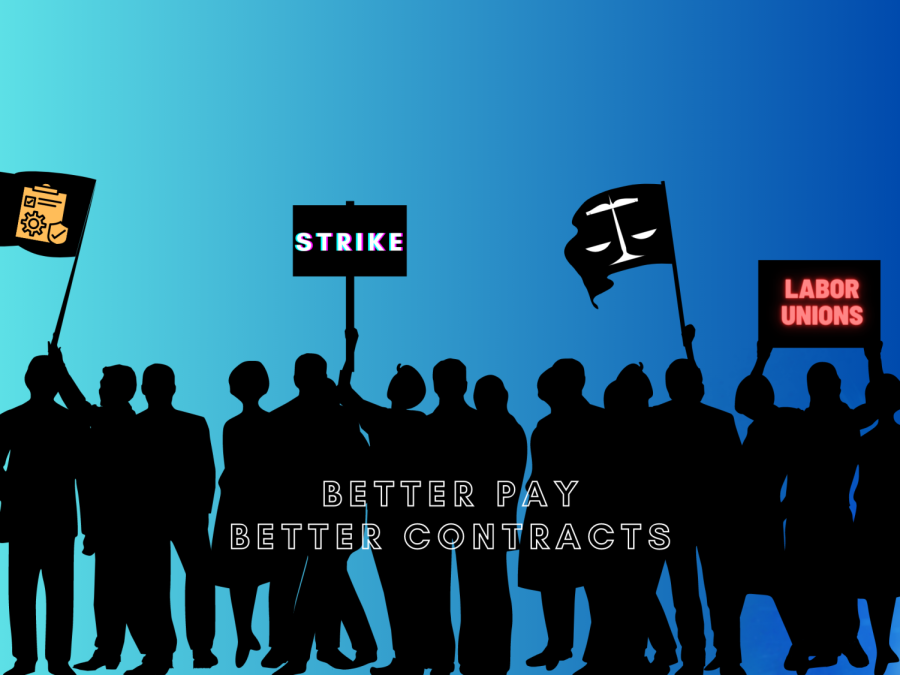Larry Zicklin talks labor unions, resilience in webinar
May 15, 2023
Baruch College alumnus Larry Zicklin facilitated a conversation about the endurance of labor unions in the latest installment of his “Zicklin Talks Business” webinar series on May 9.
Titled “A Strong Economy and Weak Labor Union: Why?,” the event featured the business school’s namesake talking with labor studies professor Stephanie Luce from the CUNY School of Labor and Urban Studies and sociology professor Aaron Brenner from the CUNY Graduate Center.
Historically, labor unions formed to support their members at their place of employment by advocating for improved working conditions, such as better wages and more sick leaves. Zicklin and his guests sought to understand why union membership is declining and what effect this has on income inequality.
Luce looked back to the late 1940s and through the 1950s, a time when employers “began to pressure” the government to weaken labor laws and curtail union formation.
She also highlighted that the economic crisis of the 1970s saw the union-busting industry emerge with lawyers and consultants employed to disband existing unions or prevent new ones. People in this business would use threats and coercion to steer laborers away from unionizing.
“Then, of course, the ability to move across state lines and across national borders has increased what we call a ‘threat effect,’” Luce said. “Workers would really be afraid to lose their job. They would try and form a union, they’d be fired, or if they had a union, they might be threatened with the jobs moving overseas.”
Brenner is also a senior capital markets analyst for the United Food and Commercial Workers International Union. He explained to Zicklin how garment production, as an example of Luce’s last point, moved from the Northeast to the Southeast and, subsequently, the Southeast to Asia to avoid unionization.
“Despite the transportation costs, that’s how much cheaper labor was there,” Brenner said. “And of course, it moved to Taiwan, then to China [and] now to Bangladesh. It keeps moving to lower and lower wage places.”
Luce said research shows that nations with more collective bargaining have stronger economic growth, are slower to enter a recession and are quicker to exit a recession. These nations have “lower inequality overall.” This means that there is better access to education, reduced discrimination and fewer opportunities for “harmful” practices such as unfair firings and nepotism in the workplace.
“If you look at the wages of unionized women and unionized people of color, they’re far better than their non-union peers,” Brenner added. “The gap between men and women and white workers and workers of color is much smaller when they’re unionized, so unionization definitely reduces the gender and racial pay gaps.”
Brenner said it is hard for his union to negotiate retirement and health care, the latter of which “in other countries often is universal” and paid out of taxes. He noted that workers end up deferring their own wages to either of those two, resulting in lower pay.
“As the union, this is something that we fight very, very hard for and defend once we win it, and it’s something we’ve gotten much better at,” Brenner said. “We’ve gotten quite good at, for example, pooling our workforce, so that we can lower health-care costs by spreading those health care costs across a larger population. Often adding young workers in with older workers, so that we can reduce the cost of health care for the union and the employers combined.”








